Recommendations from our site
“The first chapter is essentially a long exercise in gratitude. It’s a list of people that Marcus is grateful to, and why. ‘I’m grateful to my father, because… I’m grateful to my teacher, because… etc. etc.’ So exercises in being grateful, in gratitude, are part and parcel of the kind of exercises that you do if you want to engage in self-improvement. You want to recognize what is good in your life, you want to recognize the people that have been influential. It’s an example of a good exercise. But from this we also get an idea of what Marcus’s criteria for ‘good’ were. What is he thanking these people for? And, it turns out, he’s thanking them for being just and honest and straightforward and not deceitful to other people. So you get a long list of points of reference in a moral compass that Marcus builds for himself.” Read more...
The best books on How to Be Good
Massimo Pigliucci, Philosopher
“This is probably the most famous book written by a Stoic. It has been in print ever since there have been printing presses…the book was never meant for publication. The Meditations initially did not have a title at all and it was known during the Middle Ages by the title To Myself because this was the Roman emperor’s personal diary.” Read more...
Massimo Pigliucci, Philosopher
“These meditations have often been seen as a rather rambling collection of maxims and thoughts. Brilliantly, they are brought into line by Pierre Hadot (The Inner Citadel), who understands them as spiritual exercises. Nowadays there is so much emphasis on exercise for the body. Many people go to the gym but pay far too little attention to exercises for the mind. Hadot manages to make sense of the musings of the pagan emperor. They were not written for a public audience, but by understanding them as related to spiritual exercises he has written a revelatory book.”
Robin Lane Fox on Religious and Social History in the Ancient World


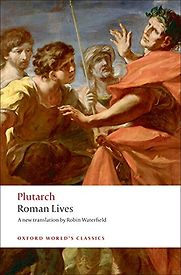

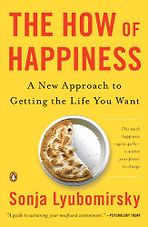
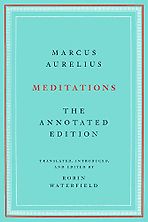
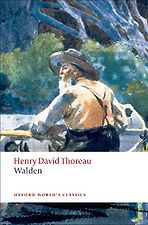
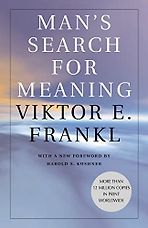
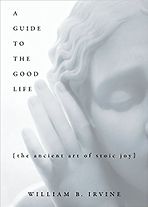
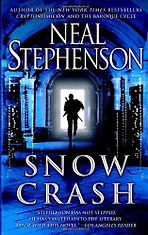
Commentary